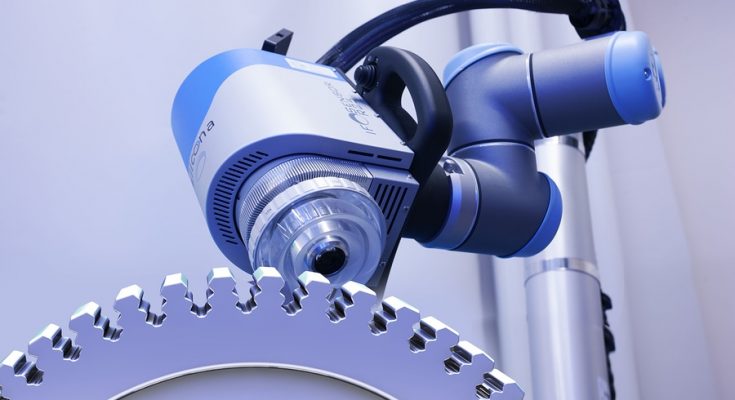Collaborative robots have in the recent past made inroads at most of the globally famed logistic companies. This type of robots can accomplish numerous tasks which have minimal added value while cutting down on the labor requirement of your enterprise. Thinking about incorporating cobots in your logistics company? Read on to find out more about the use of cobots in logistics.
Logistic automation refers to the use of computer software and machinery to increase the efficiency of logistics operations in a distribution center or a warehouse. Logistic automation comprises of different software and hardware components such as;
- Fixed machinery
Fixed machines such as cranes allow for a stock to be stacked in many levels vertically. This creates better utilization of the available space. Automated conveyors allow the movement of containers from one station of the warehouse to another.
- Sorting systems
This system is developed to facilitate the distribution of large volumes of packages at a faster rate than the automated conveyors.
- Weight checkers
Motion weight checkers are used to gauge products on the basis of its weight. Those products that are found to be underweight are rejected to ensure that your clients get the exact amount of the product they ordered.
Can cobots be applicable in a logistical perspective?
Research shows that although the deployment of collaborative robots in the logistics sector is still restricted and requires adjustments, the continuous technological advancement assures people of the development of a robot that has the capability to operate in varying logistical foundations.
What activities can they be used for?
Collaborative robots help bring efficiency in your enterprise by taking over repetitive and tedious tasks such as packaging. They also help out in the automation of value-added activities in logistics such as labeling or limited assembly. The difference in the various activities involved in the supply chain presents a challenge in automation. Technological advancements are trying to overcome these challenges in;
1. Loading and off loading
The different types and shape of packaging boxes have in the past made automation almost impossible. Cobots with their 3D vision and software advancements have been able to execute the task efficiently by identifying the different packaging and determine how to optimally load or unload the product.
2. Custom packaging
You might need to get some of your products into custom packaging before they are sent out into the market and this was particularly difficult for industrial robots as it involves packages of different sizes and shapes. It also means working in the same environment where there are people and cobots are best suited for this as they are designed to work safely alongside human beings.
3. Stationary piece picking
Robots increase efficiency in the warehouse by helping out in the sorting out of products. Vision systems installed in cobots have enabled them to differentiate the items in a stationary workstation.

Benefits of logistics automation
Some of the benefits that you should expect once you automate your logistic and movement operations include;
- Registering of shopper’s information as soon as they post their orders. Automation facilitates the condensing of information regarding all the orders made enabling fast delivery of the products to your clients.
- Updating of the database to register the freight requirements such that one can easily locate and retrieve goods.
- Identification and mapping of the best route at all times.
- Quick dispatch processing where goods can be easily identified by the use of scans and then fed to the conveyor belt, sorting machine where automated cranes pick them up for storage and transport.
- Management and handling of records for easier retrieval.
Cost recovery period
Unlike industrial robots, collaborative robots tend to be a bit cheaper reducing the recovery period of the initial investment to 1.7 years. Cobots are attractive to people because of the flexibility of the cobot as it can be applied in more than one production line and your extra human capital can be left to focus on other complex and demanding tasks.








